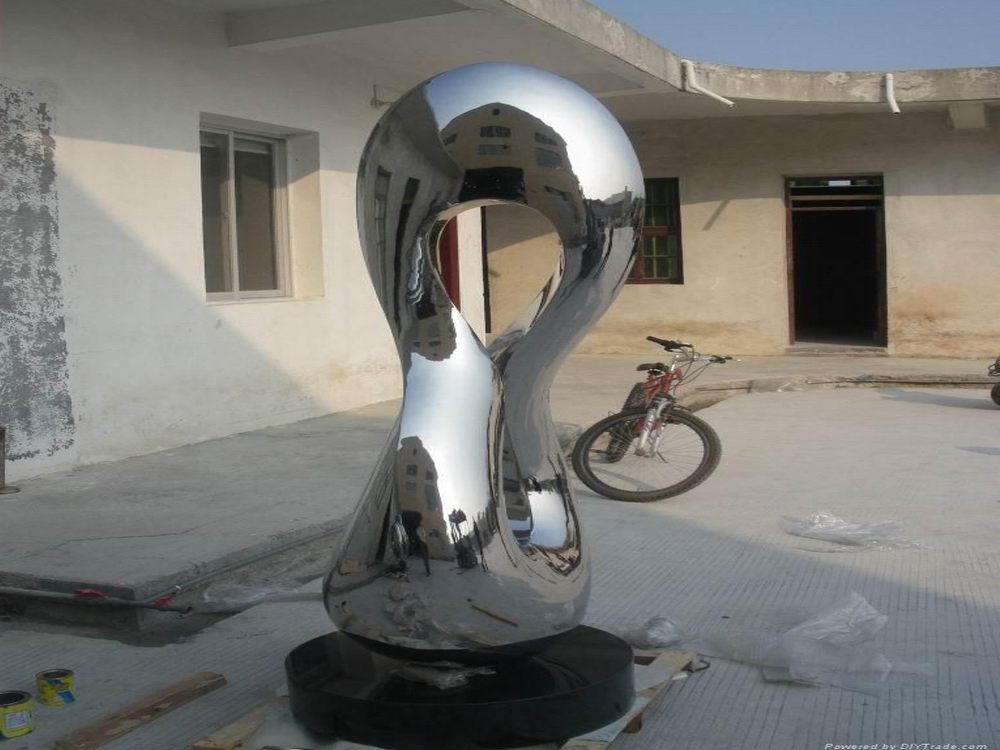
Creating the illusion of weightlessness in massive bronze sculptures is a testament to the sculptor’s mastery of form, balance, and material. Bronze, despite its density and heft, can appear light and dynamic when shaped with precision. Sculptors achieve this effect through several techniques.
First, they carefully design the composition to emphasize fluid lines and dynamic poses. By elongating limbs or tilting the torso, the sculpture gains a sense of movement, as if it’s suspended in mid-air. The strategic placement of negative space—gaps within the form—further enhances the perception of lightness.
Another key technique is the manipulation of surface texture. Polished, smooth areas reflect light, creating a shimmering effect that contrasts with rougher textures, adding visual depth and reducing the perceived mass. Thin, tapering edges also contribute to the illusion, making heavy bronze appear delicate.
Structural engineering plays a crucial role. Internal armatures and hollow casting reduce actual weight while maintaining stability. By distributing mass asymmetrically, sculptors create a visual tension that tricks the eye into seeing buoyancy.
Ultimately, the magic lies in the artist’s ability to balance physical weight with artistic expression, transforming solid bronze into a fleeting, almost ethereal presence.

